Position: Resource - Data Recovery - 7 Ways to Recover Deleted Files from USB Flash Drives in Windows 10/11
Accidentally deleting important files from a USB drive happens more often than you might think. Maybe you were finishing a presentation and hit the wrong button, deleted a folder while clearing space, or lost a key document during a file transfer.
Unlike your computer's hard drive, USB drives don't have a built-in Recycle Bin. Once you delete a file, it disappears from view instantly, which is when the panic usually sets in.
The good news? In many cases, deleted USB files are not gone forever, and yet with quick action and right methods, you can often bring them back. In the rest part, we'll talk about why deleted USB files can be recovered, scenarios USB files get deleted, and USB data recovery methods you can try.
When you delete a file from a USB flash drive, the operating system removes the file's index entry (the pointer) that tells the system where the file is located. The actual data often remains on the USB flash drive until it's overwritten by new data.
Think of it like removing a chapter title from a book's table of contents while leaving the chapter itself intact. That's why recovery is possible.
Two golden rules for recovering deleted files from USB flash drives:
• Avoid writing anything to the USB drive. Any new data copied or saved to the drive can overwrite deleted files, making recovery more difficult or even impossible.
• The sooner you start the recovery process after deletion, the higher the chances of getting your files back intact.
If your USB has hardware issues like bad flash blocks or a failing controller, your chances may drop, in that case, professional help might be your best bet.

Not all deletions are the same, but the recovery principle is similar: if the data hasn't been overwritten, it might still be there.
Regular deletion (Del key / right-click > Delete)
Removes the file from the file system's index. On USB drives, there's no Recycle Bin safety net — files vanish from view immediately, but the underlying data may still be recoverable.
Permanent deletion (Shift + Delete)
Skips the Recycle Bin entirely. On USB drives, it works much like regular deletion: the file disappears, but the data may still exist until overwritten.
Deleting on a Mac
The file moves to a hidden .Trashes folder on the USB. Once emptied, it disappears, but recovery tools can often still find it.
Clearing or formatting the entire USB
Removes file allocation info, but often leaves the raw data untouched until new data replaces it.
Interrupted file transfers
A sudden unplug or power cut during copying can make a file disappear or corrupt it. It's not technically deleted, but recovery is still possible.
Interrupted cut-and-paste
The system deletes the file from the source before writing it to the destination. If interrupted, you may end up with no copy at all, but the original data could still be on the USB.
Here are 7 USB file recovery methods you can try.
If your USB was synced with a cloud service, your deleted file might still be recoverable from the cloud's Trash or Version History.
Step 1. Log in to your cloud account.
Step 2. Go to Trash or Version History.
Step 3. Search for the file by name or filter by deletion date.
Step 4. Select files and choose Restore or Download to recover them to a local drive.
Advice: Verify that the restored files are accessible and undamaged. Many cloud services keep older versions of files for a limited period, which can be especially helpful if you accidentally overwrote the latest copy.
Sometimes files are not actually deleted, as they are simply hidden due to some errors. In this situation, you can use the Command Prompt to make them visible again.
Step 1. Insert your USB flash drive. Open This PC, and you can see the drive letter of the USB drive, for example, F:.
Step 2. Press Windows + R, type cmd, and hit Enter to open the Command Prompt.
Step 3. In Command Prompt, type the command attrib -h -r -s /s /d F:\*.* and press Enter. You should replace F: with the correct drive letter of your USB drive.
Step 4. Go back to File Explorer and open the USB drive. If the files were hidden, they should now be visible.
If File History or System Restore was enabled when your USB was connected, you may be able to roll back to an earlier version.
Step 1. Right-click the USB or folder in File Explorer, choose Properties.
Step 2. Open the Previous Versions tab.
Step 3. Pick a version by date, click Restore or Open.
Step 4. Copy what you need to your PC.
This method only works if File History or System Protection was enabled beforehand while the USB was plugged in.

If you've used the USB flash drive on another computer, that device might still have temporary or auto-saved copies of your files. So, you can try checking following locations:
1. C:\Users\[YourName]\AppData\Local\Temp\
This is the Windows temp folder which often stores temporary files that are generated while you are editing or copying documents.
2. C:\Users\[YourName]\Documents\
Applications sometimes auto-save files directly to the local Documents folder, so you may need to check the folder.
3. Software auto-save or recovery folders.
Programs like Microsoft Office, Adobe apps, or VS Code often keep auto-recovery versions or cache copies of files you opened via USB. You can open the program and check its Recent Files, Autosave, or Recovery manager.
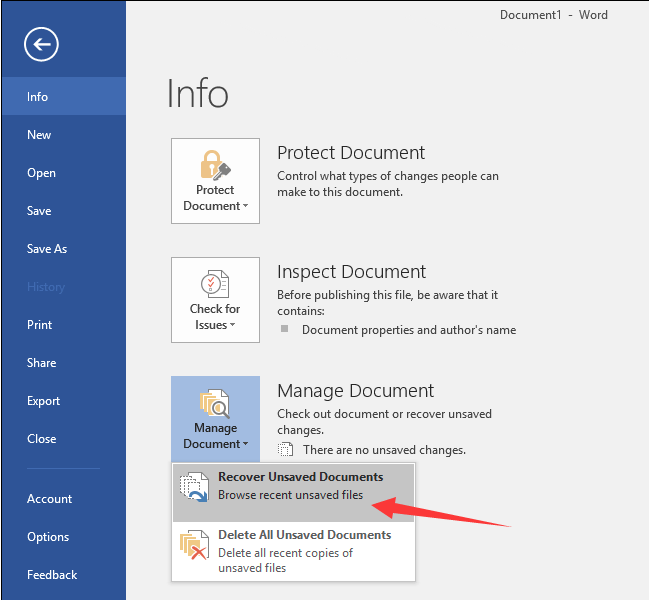
Tip: If you're checking another computer, use the same username account you used originally, and look for files by extension or modified date (e.g., .docx, .xlsx, .txt, .png, etc.).
If the methods above do not work, using free USB drive recovery software can be your best bet. Recovery programs can scan USB flash drives at a much deeper level and locate deleted files.
The following are steps to recover deleted files with CuteRecovery Free:
Step 1. Insert your USB drive and launch CuteRecovery Free. Make sure the USB drive is not accessed by other programs at the same time.
Step 2. From the main interface, select Recover Deleted Files.
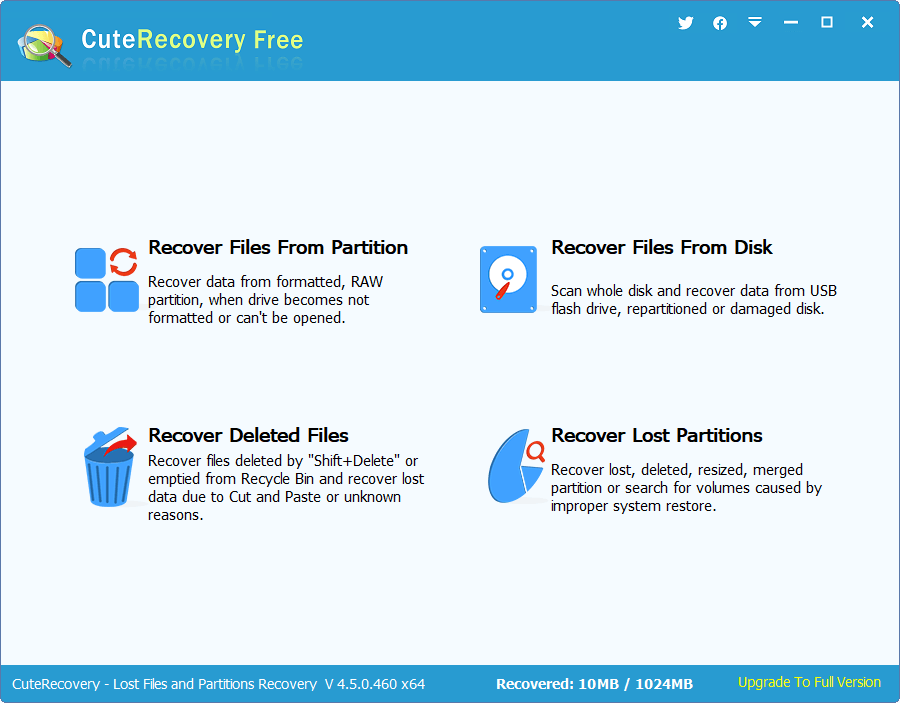
Step 3. Choose the USB drive from the list and click Next to start the scanning process.
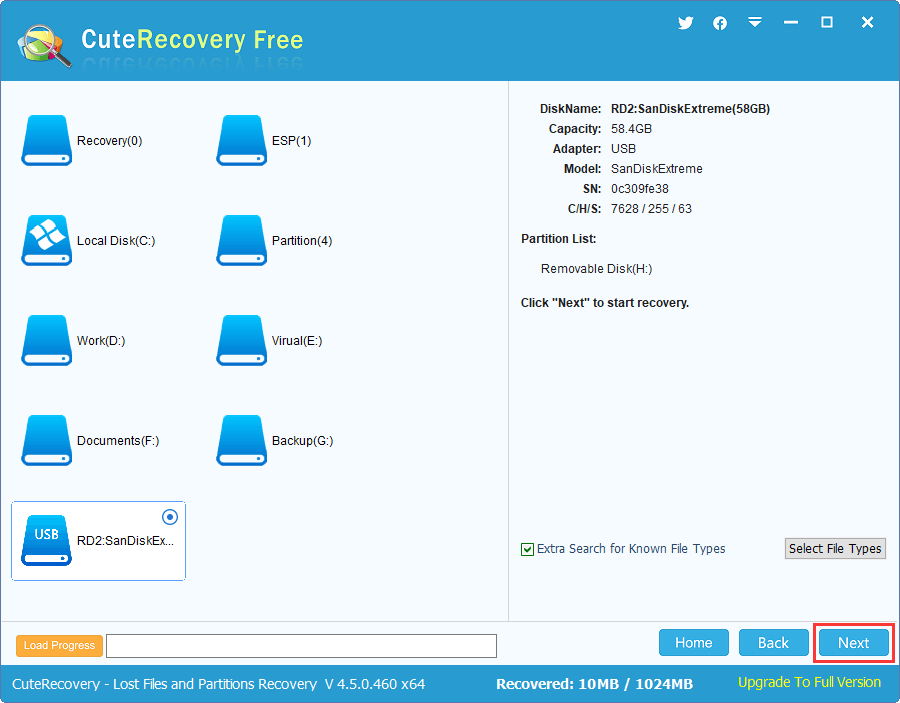
Step 4. CuteRecovery Free analyzes the drive thoroughly and look for recoverable files. Once the scan is complete, you can preview found files.
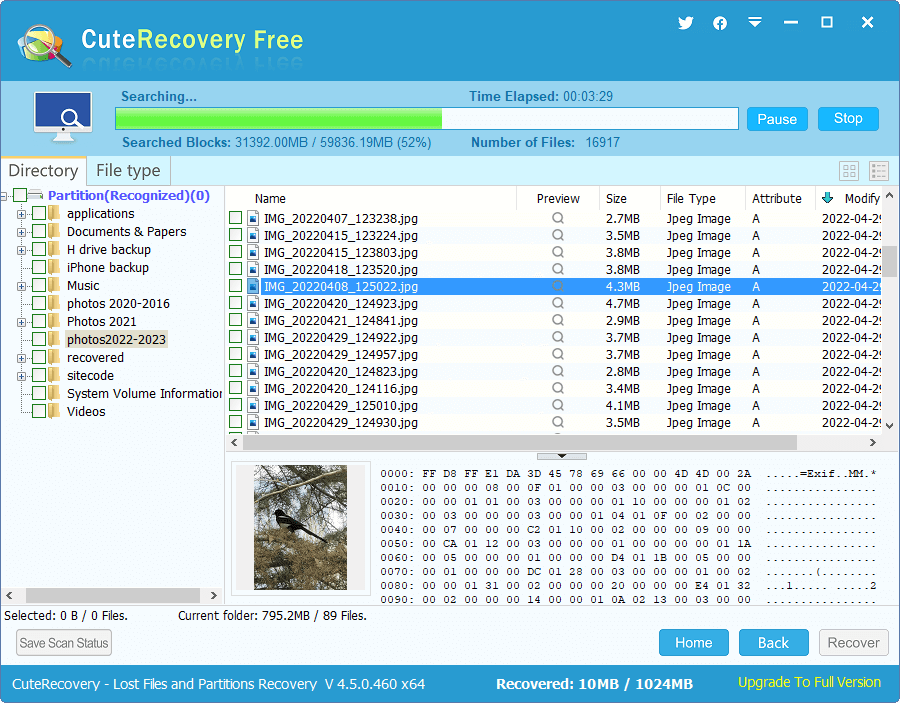
Step 5. Select files you want to restore and click "Recover" to save them to another safe storage device.
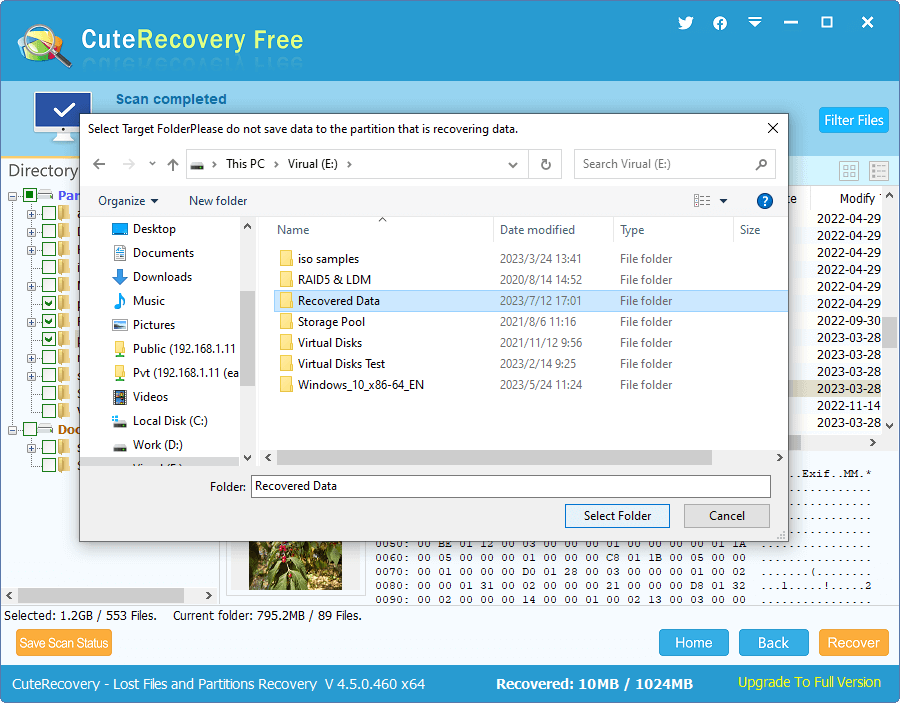
Tip: Do not save them back to the same USB flash drive, as this will overwrite the very data you are trying to recover. The deep scan can take time depending on the size of the USB flash drive.
If your USB drive was protected with BitLocker, Windows' built-in disk encryption feature, most recovery tools may not be able to access deleted files directly. When a file is deleted while the drive is still encrypted, recovery software will typically detect only encrypted data blocks. As a result, the files may appear unreadable, cannot be previewed, or seem completely lost, until the drive is successfully decrypted.
Here's how to properly recover data from BitLocker-encrypted drives:
Insert your USB drive and open it in File Explorer. Double-click the BitLocker drive and enter the correct password or recovery key. Make sure the drive is fully unlocked and accessible
Once the USB is unlocked, launch a reliable recovery tool such as DiskGenius, CuteRecovery Free, or similar software. Perform a full scan while the drive remains in its unlocked state so that the program can detect and restore readable files, not just encrypted blocks.
If Windows cannot unlock the drive: Some recovery tools, like DiskGenius, allow you to enter the BitLocker password or recovery key directly within the program. The software will unlock the BitLocker drive and perform a scan in a single process, which is especially helpful if you cannot unlock the drive through Windows File Explorer.
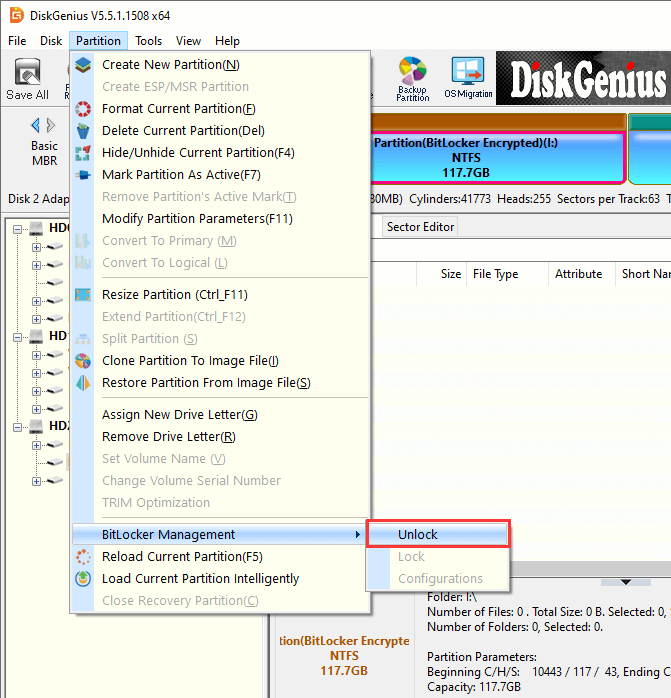
Tips and best practices:
Recovering files from a BitLocker-encrypted drive is generally more difficult than from an unencrypted drive, and the success rate may be lower, especially if a long time has passed since the files were deleted.
Act as soon as possible after data loss. The more the drive is used afterward, the higher the risk that deleted files will be overwritten.
Always save recovered files to a different location, never back them up to the same USB drive until the recovery process is complete.
If your USB flash drive is physically damaged, data recovery software may not be able to recover lost files. In such cases, a professional data recovery service might be the best option. Experts can work directly with the memory chips or controllers to retrieve data that standard recovery programs cannot access.
Further reading: Fix Unreadable USB/Pen Drive with Free USB Repair Tool in Windows 10/11
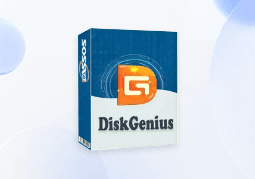
DiskGenius is a one-stop solution to recover lost data, manage partitions, and back up data in Windows.
Download